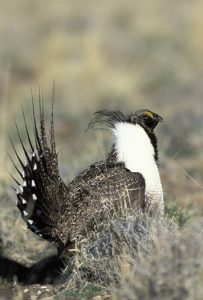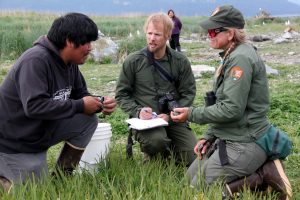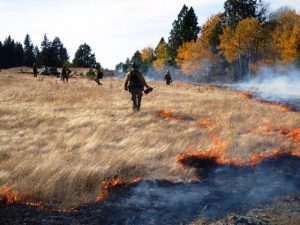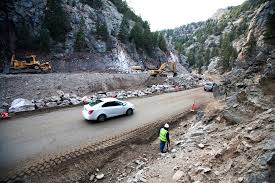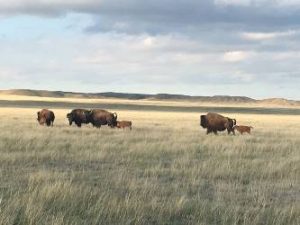Harry Reid exits the ring

Senator Harry Reid retired in December 2016 at age 77, leaving an impressive public-lands legacy, forged through compromises. During his five terms in Congress, Nevada went from having fewer than 67,000 acres of federal wilderness to nearly 3.4 million acres, plus new national parks and conservation areas. “And every piece of legislation was mine,” says Reid. “It hurt my political career in some places, but it was worth it because it was good for the state.”
Reid traces his own environmental awareness to his youthful visits to Piute Springs, a Mojave Desert oasis a day’s bumpy drive from the remote mining town of Searchlight, where he grew up. When he returned home as an adult to show his wife his beloved refuge, the springs and a nearby old military fort had been trashed. “Since that day, I have done everything I can to preserve the environment,” Reid says, including helping to create the Mojave Natural Preserve, which protected the springs.
A Mormon convert and one-time boxer, Reid paired a commitment to Nevada and the environment with a pragmatic but stubborn tenacity. Representing a state with minimal, albeit growing, political influence, Reid became the Democrats’ ranking Senate leader. He jockeyed Obamacare and the 2009 stimulus package through a polarized Congress. He fended off plans to locate a high-level nuclear waste dump in Nevada, and helped develop his state’s renewable energy industry. And while his environmental record isn’t spotless, his accomplishments serve as proof of his ability to flat-out get things done in Washington.
High Country News, February 20, 2017
